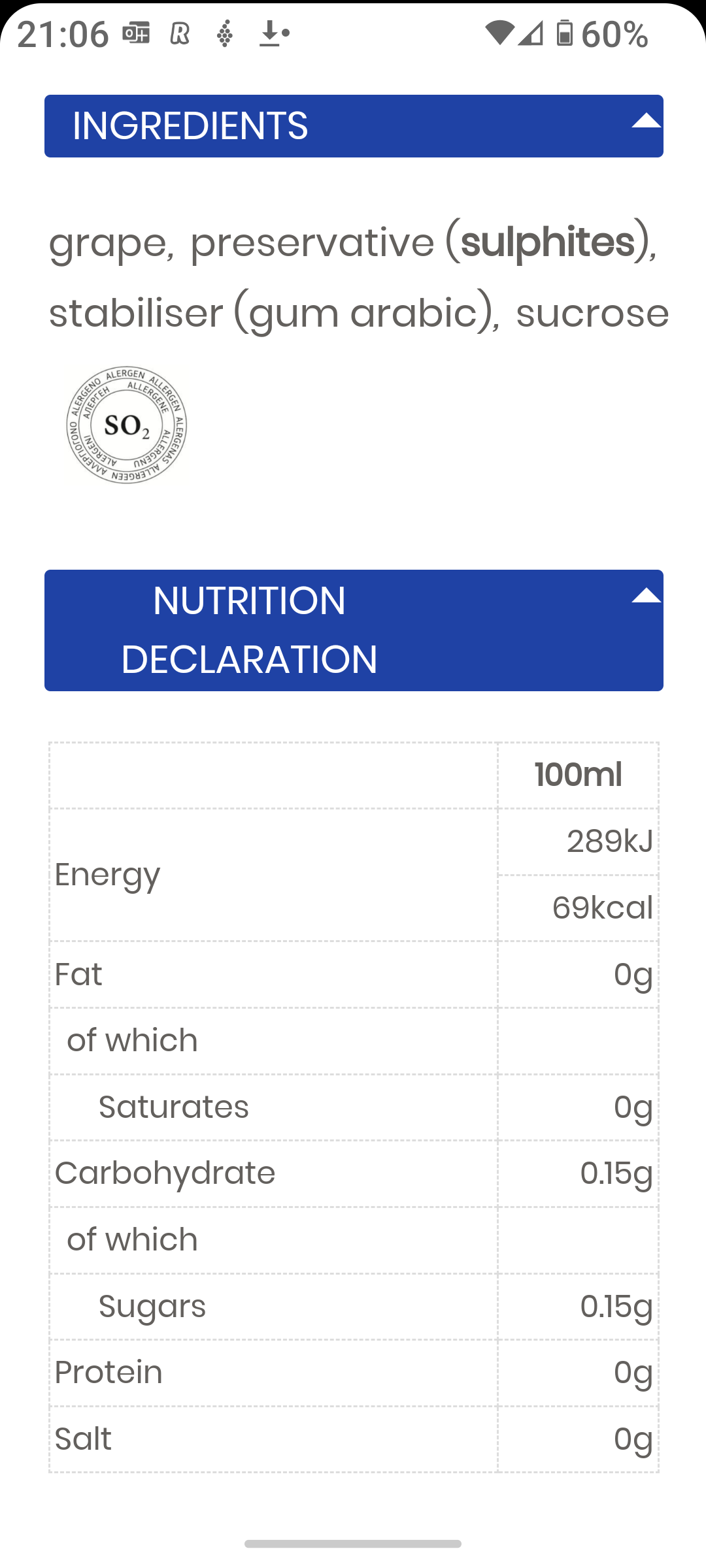New rules for wine label
On the 8th of December 2023, a tiny revolution will appear in the wine world. At least in Europe, well the European Union. The European Union decided to review what should be put on the label of a bottle of wine.
There are some rules already in place for what you can put or not on the Label. The name on the label should not mislead a consumer or usurp a protected appellation. You can’t name your wine Côtes du Rhônes if you are a producer in the Mosel Valley. That is sometimes complex as some grape varieties are also part of the name of an appellation (Picpoul the Pinet for example).
You should also add, contains sulfides or contains natural sulfides and the pictogram to indicate that pregnant women should not drink (and, as for now, the size doesn’t matter). This was an exception from the EU rules for food.
Starting the 8th of December, this rule will change. Every new bottle of wine should have the same information as any other food you buy in your local supermarket. If you take a look at any food label, you will find the amount of kilocalories and the nutritional values, the allergen list, and the ingredient list.
It will be similar to the wine soon, with some nuance. The back label of the bottle of wine will need to list potential allergens like eggs, peanuts (If you find peanuts in a wine; run!), or fish extract, the ingredient list, and the nutritional value of the wine in kilocalories per 100 ml. And of course, the level of alcohol.
The ingredients list could be listed on the bottle or should be accessible on the internet via a QR code. Ingredients will be listed in descending order of their presence in the wine.
The European Committee of Wine Companies (CEEV) had the idea to use a QR-code instead of the back label, to list not only the ingredients, but also some other information such as grape varieties, the amount of fat, protein, salt (0g most of the time in wine) and carbohydrate (the residual sugar), the winemaker company, the style of the wine and other things. All the information will be translated into the 24 official European languages.

Is it good or bad? First, for any winemaker the new rule is costly. If they want to use the QR-Code system from U-Label the cost is between 250 to 2500 euro a year. They will need to print new things on the label, which will be a cost. Some winemakers do not use a black label at all.
In another hand, having more transparency should be good. Most people think that wine is only made with grape juice. They do not know how wine is made, above all industrial wine can contain up to 49 allowed additives. You can find Concentrated must that artificially enriches the wine, several sorts of acids, and thiamine, … As you see it is not only about sulfite. With the ingredient list, people may realize what they drink and may be curious to see what an authentic wine tastes like without all these additives.

Also, having more information about the wine you are drinking with your smartphone is interesting. You will be able to access the grape list, and the appellation, to see if the winemaker is an artisan or a big company. Having more transparency will help to promote a more sustainable winemaking process and natural winemaking.
Natural winemakers (and natural wine importers from outside the EU too) will face several challenges. The first will be to estimate the nutritional value of the wine. This can be done by using an equation based on the level of alcohol and sugar in the wine, or by a chemical analysis.
Then the ingredient list. But what is an ingredient? In the European Union, an ingredient is defined in the 1169/2011 directive. In short, according to the EU, an ingredient is everything that is used to produce an edible product. For natural winemakers, it should not be a real problem. Natural wine should contain only grape and eventually sulfite.
The new rule will be a challenge for everyone and may add some cost to the price of the bottle. But I am not sure every person will read this. Who takes time to read nutritional information at the supermarket, It is often too small to read easily, and the list of ingredients is often scientific term or code like E412 (Guar gum) that nobody understands. But for sure the bottle may be less photogenic.